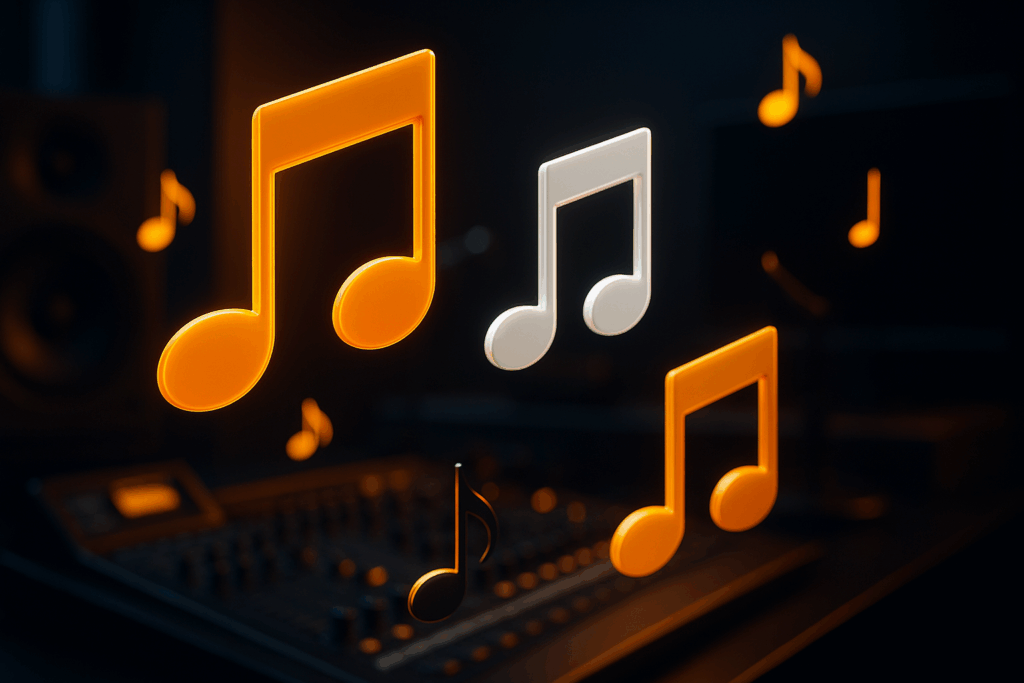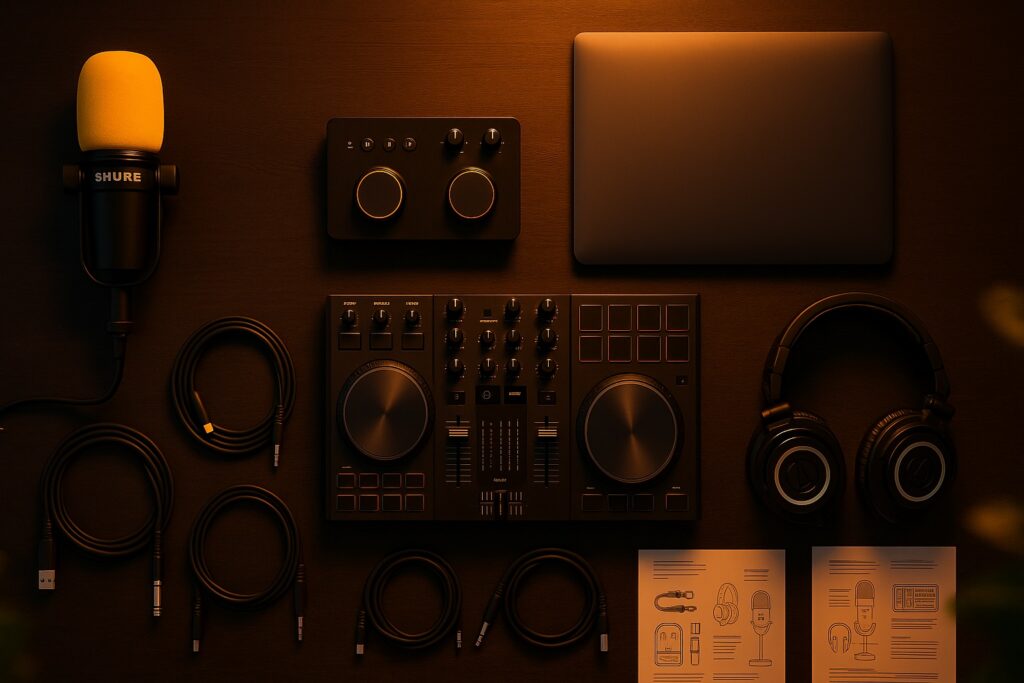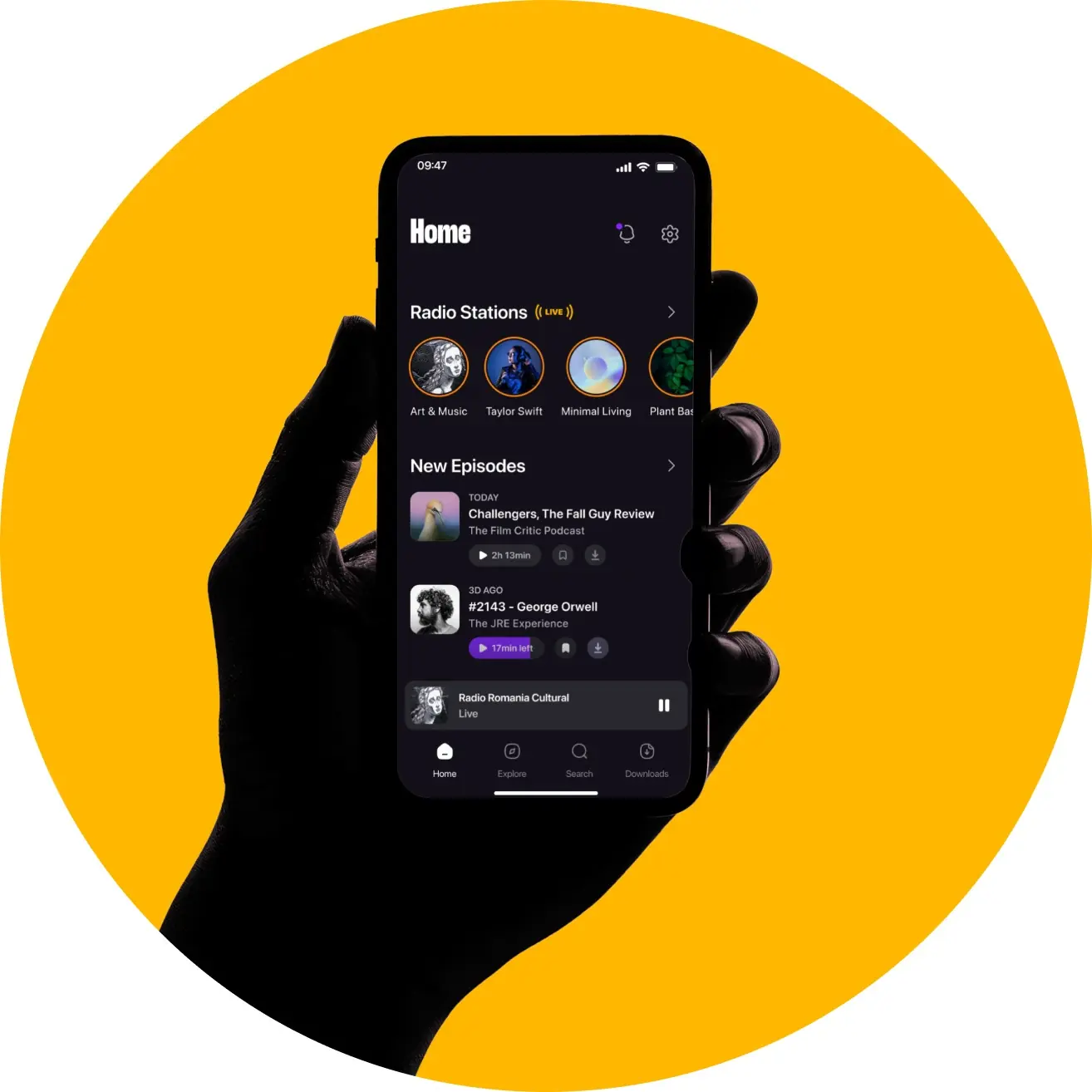4 Powerful Tools to Broadcast Live Radio Online
In an age where short-form videos and algorithm-driven content dominate digital spaces, radio remains a steady and engaging medium for storytelling, culture, and real-time connection. While trends come and go, live audio continues to thrive — especially when powered by internet radio. Live radio broadcasting offers immediacy, intimacy, and a unique voice that cuts through the noise of today’s overstimulated feeds.

According to Edison Research (2024), over 75% of U.S. adults listen to some form of audio content every day, and 40% of them engage with live radio streams online. Statista reports that in 2023, more than 60% of global internet users listened to online audio content. These numbers aren’t just stats — they show that live radio isn’t going anywhere. It’s evolving.
Live broadcasting isn’t just a trend — it’s the core of what makes radio impactful. In a world where everything is pre-recorded and curated, going live adds authenticity. You connect in real-time, share relevant updates, and interact with listeners as things happen. It’s about community, spontaneity, and creating a genuine space that music-only platforms like Spotify or Apple Music can’t replicate.
Why Going Live Elevates Your Station
When you go live, you’re sharing the moment as it unfolds — offering news, commentary, and music in a dynamic way that engages listeners far more deeply than a static playlist.
Live broadcasting brings urgency and freshness to your station. It positions you as a reliable source for up-to-date information, conversations, and entertainment. According to Nielsen (2024), listeners are 42% more likely to stay tuned into live programming than pre-scheduled music blocks.
Also, voice adds personality. While playlists can be algorithmically perfect, they can’t replace the emotional connection formed through live conversation, reactions, or shout-outs. This creates community and loyalty — two things that keep your audience coming back.
By going live, you create appointment-based listening. Your listeners will tune in at specific times because they want to hear you — not just the music. This is your chance to build a loyal audience through original talk segments, authentic conversations, and content that resonates beyond the playlist.
So… How Do You Broadcast Live Online?
To broadcast live radio online, you’ll need a computer, a stable internet connection, a microphone, and a broadcast encoder — the bridge that sends your live audio feed to your station’s stream.
A broadcast encoder is software that captures your microphone/audio input and sends it to your online radio platform. It’s essential for real-time streaming. The encoder converts your audio into a streamable format and connects it to your online station in seconds.
Setting up is easier than you might think:
- Download a compatible encoder.
- Connect it to your microphone or mixer.
- Input your station stream URL and credentials (provided in Zeno Tools).
- Hit broadcast — and you’re live!
Zeno.FM makes this seamless by providing your unique broadcast credentials under the “Broadcast Settings” tab once your station is active.
4 Live Radio Encoders for Beginners & Pros
Here’s a closer look at four popular encoders commonly used by online radio broadcasters:
1. BUTT (Broadcast Using This Tool)
- Platforms: Windows, macOS, Linux
- Price: Free and open-source
- Best for: Beginners and hobby broadcasters
- BUTT is a simple, lightweight tool ideal for new broadcasters. It supports Icecast and SHOUTcast, and works directly with Zeno.
- 🔧 How to set up BUTT on Zeno Tools
2. RadioBOSS
- Platform: Windows only
- Price: Paid, with free trial available
- Best for: Automated stations and advanced setups
- RadioBOSS offers advanced automation, playlist scheduling, jingles, crossfading, and remote management. Ideal for stations with consistent programming.
- Learn more
3. Altacast (formerly Oddcast/Edcast)
- Platforms: Windows only
- Price: Free and open-source
- Commonly used by: Broadcasters using RadioDJ or classic low-resource systems
- Altacast is the modern continuation of the older Edcast/Oddcast encoder, widely used in Windows-based radio setups. It supports streaming to Icecast using MP3, AAC, Ogg Vorbis or FLAC (depending on installed codecs), and can work standalone or as a plugin for players like Winamp or foobar2000.
- Learn more
4. Virtual DJ
- Platforms: Windows, macOS
- Price: Free basic version; Pro version required for live broadcasting features
- Best for: Professional DJs and interactive live sets
- Virtual DJ is a powerful tool with video mixing, effects, and direct streaming capabilities.
- Learn more
Get Started with Zeno Tools
Once you’ve chosen your encoder, Zeno Tools makes it easy to go live. Inside your Zeno dashboard, you’ll find your stream URL, port, and password — everything you need to plug into your encoder and start broadcasting.
Zeno also provides a customizable web player to help you share your station on your own website. In your Zeno Tools dashboard, head to the left-hand menu and select Players. From there, you can tailor the player to match your brand — adjust colors, layout, and functionality. Once configured, Zeno gives you multiple embed options so you can easily integrate it into your site.
From that point on, the world becomes your audience. Whether you’re streaming music, hosting a talk show, running a community news hour, or broadcasting interviews, live radio brings your voice to life — giving your station personality, presence, and power.
So, ready to go live?
Join the new wave of internet radio with Zeno.FM.
August 8, 2025


